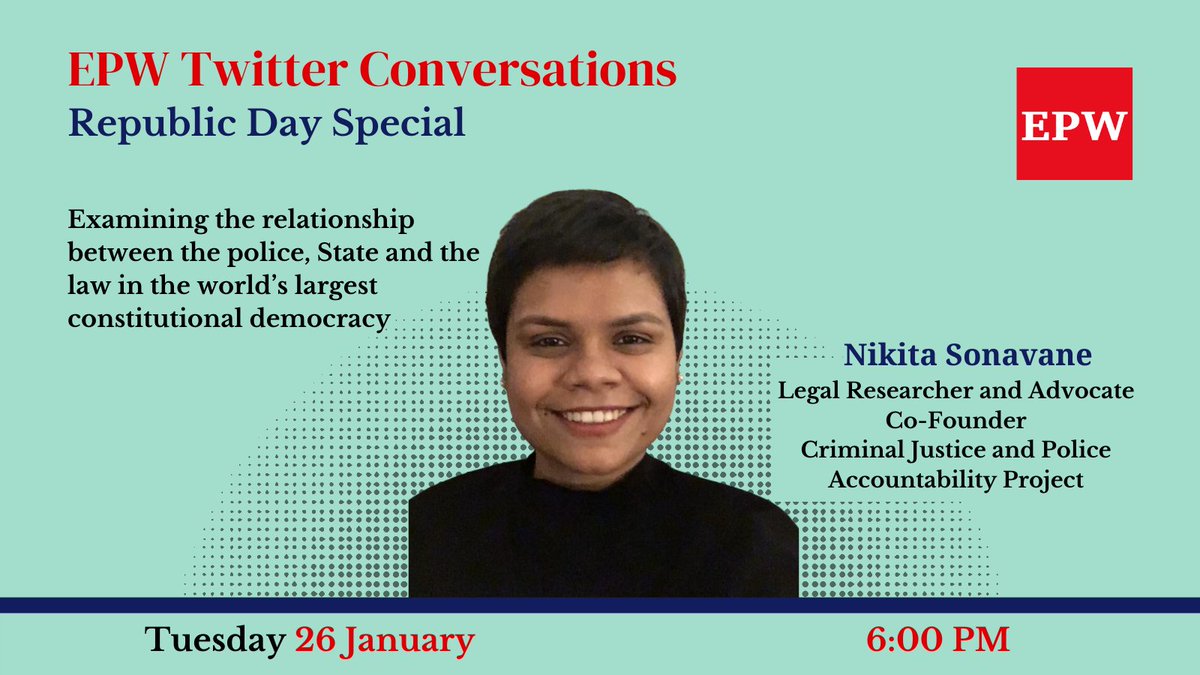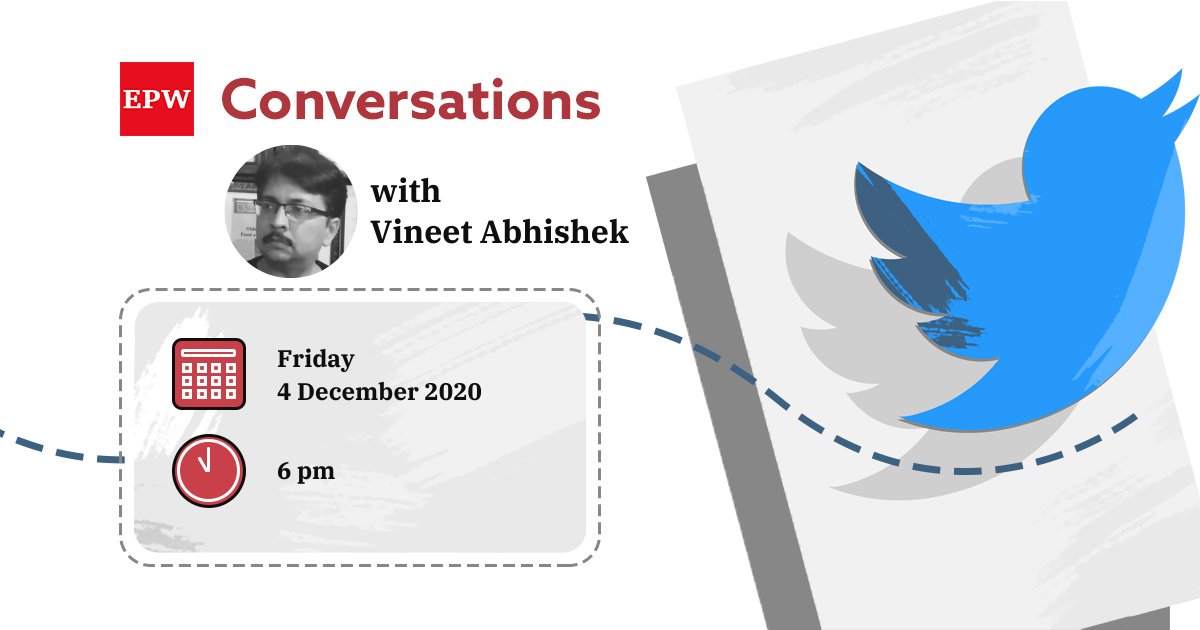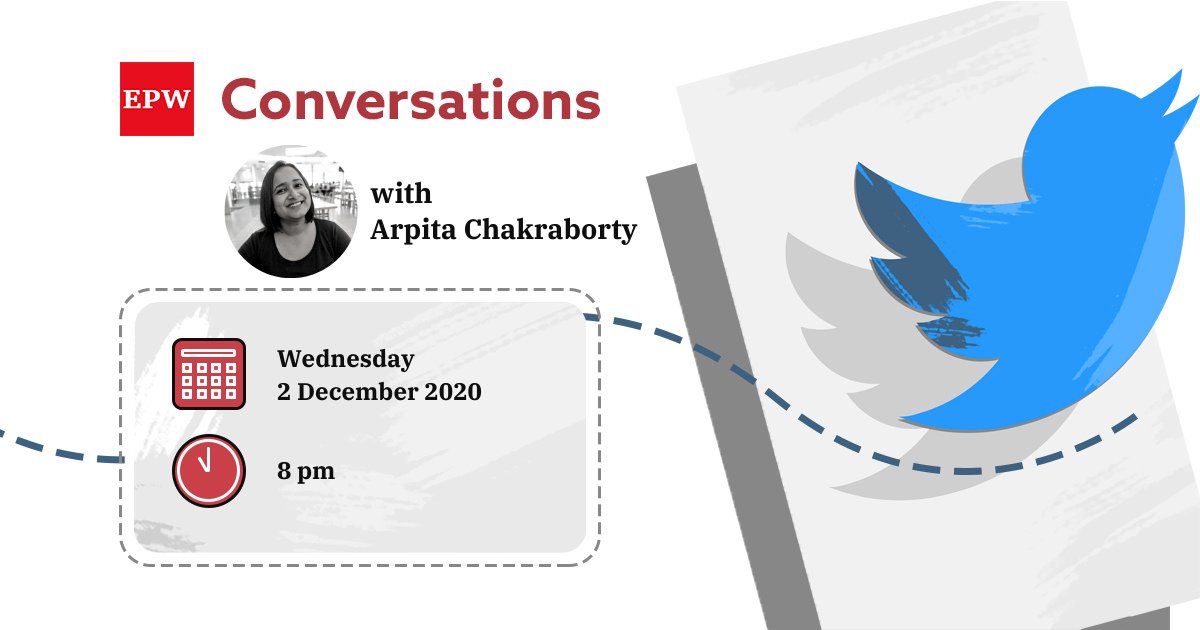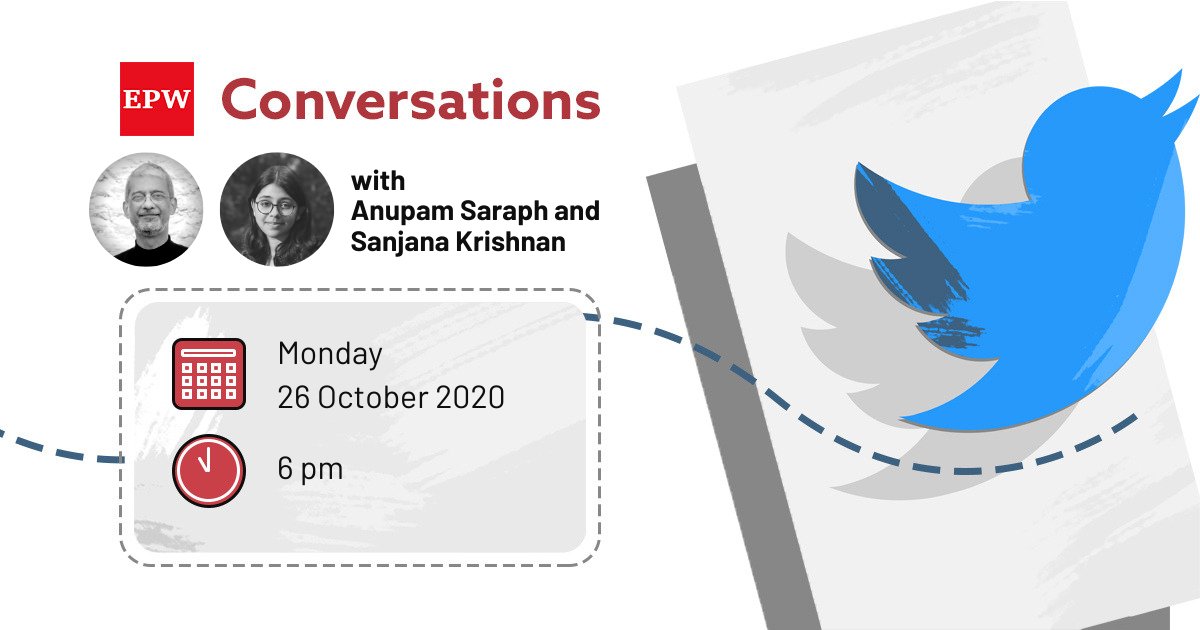
How was the #Constitution of India drafted?
This #RepublicDay, we revisit @epw_in articles that look at the debates and discussions involved in creating the framework for a democratic India. #26January
This #RepublicDay, we revisit @epw_in articles that look at the debates and discussions involved in creating the framework for a democratic India. #26January
The Indian state was an amalgamation of separate, and distinct identities. Aditya Nigam writes that the Constituent Assembly provided ways for states to assert their selfhood within a united India, and thus included different regions in "nation forming." bit.ly/2QR8mvT 

Vivek Prahladan writes that it was through B R Ambedkar's sustained efforts in the framing of the Constitution that the idea of democracy in India was made inextricable from policies of affirmative action. #RepublicDay bit.ly/2KW1lX3 

Rama Kant Agnihotri looks at how language was debated upon in the #ConstituentAssembly (CA).
Agnihotri writes that giving Hindi the status of official language in the Constitution would have led to the country being dominated by Hindi-speakers. bit.ly/34m9QCn
Agnihotri writes that giving Hindi the status of official language in the Constitution would have led to the country being dominated by Hindi-speakers. bit.ly/34m9QCn
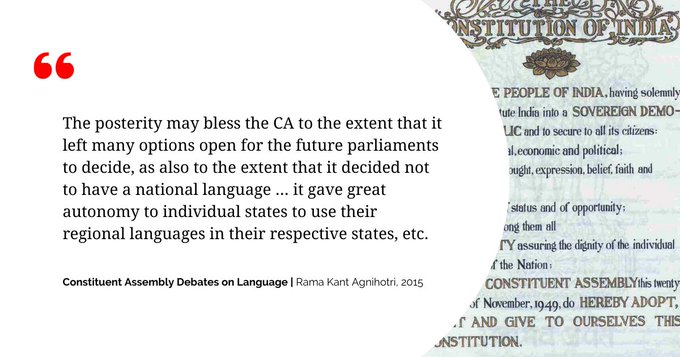
• • •
Missing some Tweet in this thread? You can try to
force a refresh

